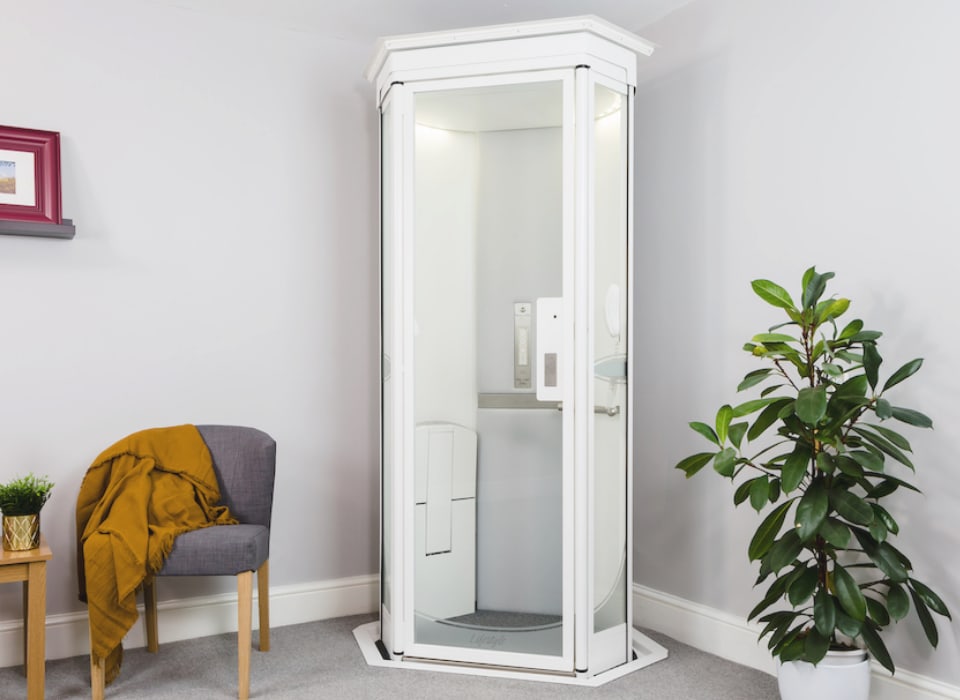Discover the most effective Disabled Platform Lifts Prices UK for Residential and Commercial Use
Discover the most effective Disabled Platform Lifts Prices UK for Residential and Commercial Use
Blog Article
Delving Into the World of Lifts: Typical Problems Encountered by Different Lift Devices
As we navigate via the upright transportation systems of modern-day buildings, elevators stand out as a crucial part of our daily lives. From hydraulic lifts to traction systems and machine-room-less layouts, each lift type comes with its collection of common problems.
Hydraulic Lifts
Hydraulic elevators, usually favored for low-rise buildings, use fluid stress to manage the activity of the elevator vehicle (lift repair companies). This system entails a hydraulic pump pushing oil into a cylinder, causing the lift to relocate in the desired direction. While hydraulic elevators are understood for their smooth and silent procedure, they do feature their own set of usual concerns
One widespread issue with hydraulic elevators is oil leak. Additionally, concerns with the control system, such as faulty valves or a malfunctioning pump, can cause interruptions in the elevator's activity.
Normal maintenance and timely repair services are necessary to make certain the smooth functioning of hydraulic elevators. By dealing with these common concerns proactively, building proprietors can reduce downtime and make certain the safety and effectiveness of their vertical transportation system.
Traction Lifts
When considering upright transport systems in structures, one more usual type in addition to hydraulic elevators is the traction lift. Traction elevators operate utilizing a system of ropes and weights that relocate the lift auto by grasping onto the hoist ropes. This system permits for smoother and much faster upright transportation compared to hydraulic systems.
One of the common problems encountered by traction lifts is rope wear. The continuous activity of the ropes within the grip system can bring about tear and wear over time, potentially triggering the elevator to malfunction or become unsafe for usage. Routine evaluations and upkeep of the ropes are important to guarantee the lift's correct functioning and safety.
Another problem that traction lifts might come across is connected to the control system. Troubles with the control system can lead to problems such as irregular movement, hold-ups in reaction times, or perhaps total shutdowns. Normal testing and maintenance of the control system are essential to avoid such problems and guarantee the lift's dependability.
Machine-Room-Less (MRL) Elevators

One of the crucial parts of MRL elevators is the small gearless grip equipment that is set up within the hoistway. This machine effectively drives the lift vehicle without the requirement for bulky devices found in typical traction lifts. In addition, MRL elevators generally utilize a counterweight system to balance the vehicle, more enhancing their energy efficiency.
In spite of lift repair near me their advantages, MRL lifts may encounter difficulties connected to upkeep and repair work due to the constrained space for equipment setup. Access for servicing elements within the shaft can be restricted, calling for specialized training for specialists. Proper maintenance routines and regular evaluations are critical to guarantee the continued smooth procedure of MRL elevators.
Overloading and Weight Limitation Issues
Are elevators outfitted to handle excess weight tons successfully and safely? Overloading and weight limitation issues are crucial concerns in lift operations. Lift manufacturers design raises with details weight capacities to make sure passenger safety and devices longevity. Going beyond these weight limitations can bring about numerous problems, consisting of mechanical failures, delays, and safety risks.
When lifts are strained, it places excessive pressure on the motor, cables, and various other parts, potentially creating malfunctions or break downs. Safety and security systems such as sensors and overload sensors are in place to stop elevators from moving if they identify excess weight. Furthermore, exceeding weight limits can lead to increased energy usage and deterioration on the lift system.
To mitigate overloading concerns, building supervisors should plainly show weight limits in lifts and inform owners on the importance of sticking to these limitations - lift repair companies. Normal maintenance checks by certified specialists can also aid guarantee that lifts are running within risk-free weight criteria. By resolving overloading and weight limitation problems proactively, building owners can enhance have a peek at this website elevator safety and performance
Electrical System Failures
Exceeding weight limits in lifts can not only lead to mechanical issues however also potentially contribute to electric system failures within the lift framework. Electric system failings are a vital problem in elevator procedure, as they can cause unforeseen shutdowns, malfunctions, and even safety and security dangers. One usual electric problem is the getting too hot of parts due to extreme current circulation brought on by straining the elevator beyond its ability. This can result in harm to the motor, control, or wiring systems, causing costly fixings and downtime.
Regular maintenance and evaluations are critical to identify and attend to potential electric problems immediately, making sure the efficient and safe procedure of lift systems. By adhering to weight limits and conducting regular electrical system checks, building owners can minimize the risk of electrical failures in lifts.
Conclusion

Hydraulic elevators, frequently chosen for low-rise buildings, utilize fluid pressure to manage the activity of the lift auto.When considering vertical transport systems in structures, an additional typical type aside from hydraulic lifts is the traction elevator. Traction lifts run making use of a system of ropes Read More Here and weights that move the lift car by grasping onto the hoist ropes. Unlike conventional lifts that call for a separate device room to house the equipment, MRL lifts integrate many of the parts within the shaft, removing the requirement for a specialized machine area.In final thought, elevators encounter typical issues such as hydraulic malfunctions, traction system failings, and electric system troubles.
Report this page